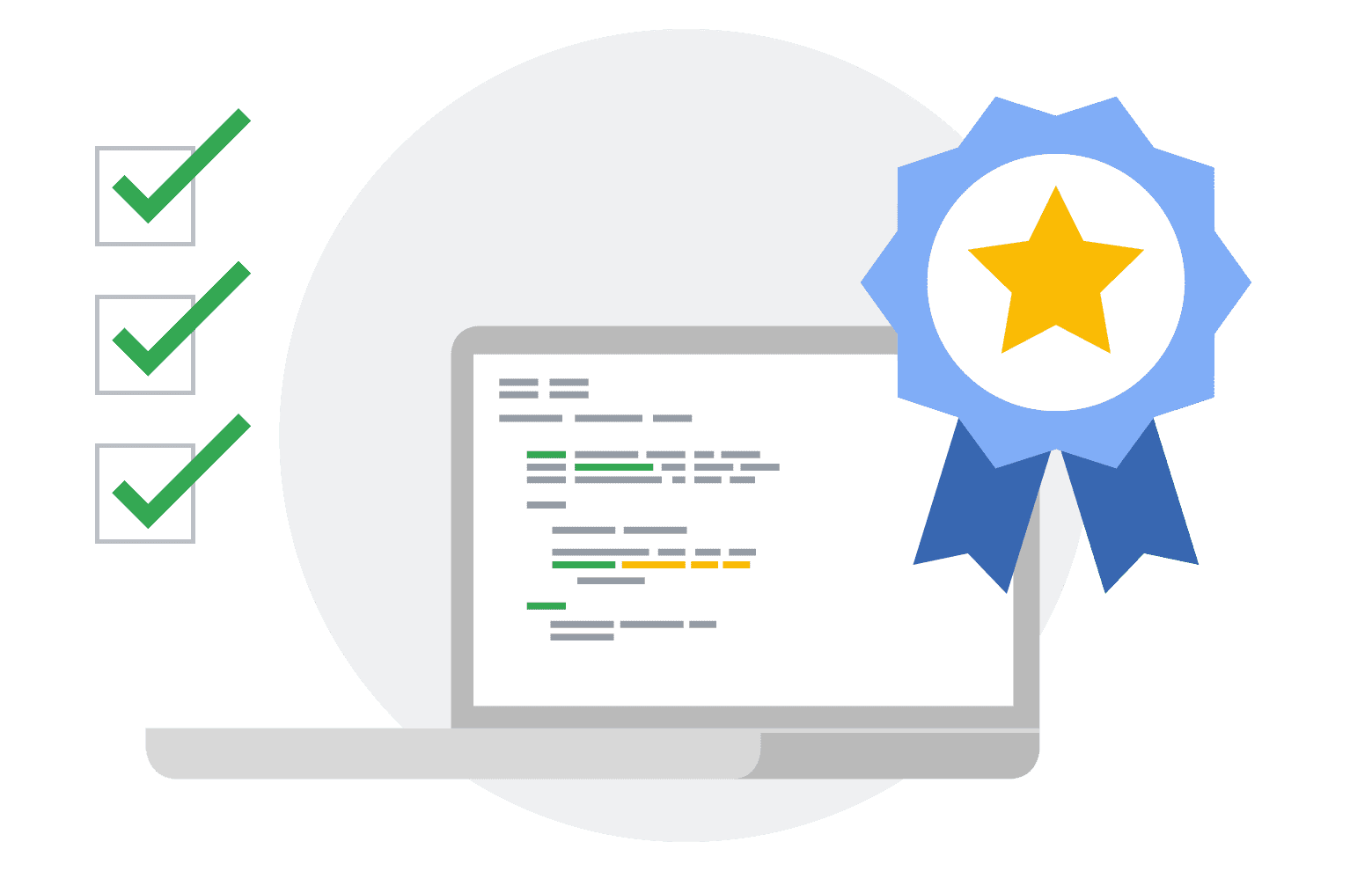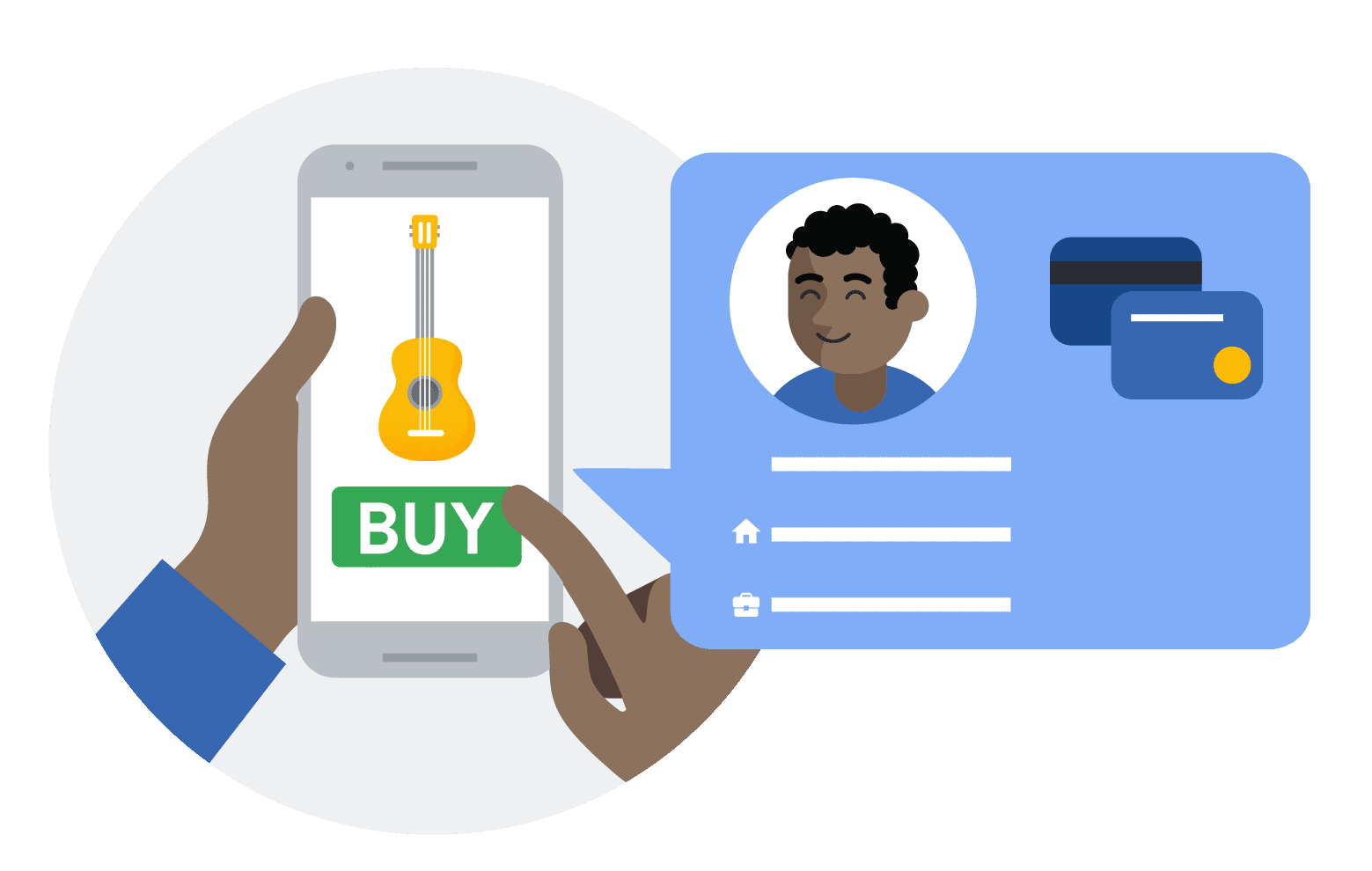Learn more about Web Payments and how they work.
Web Payments is an emerging web standard being developed by the W3C to simplify online payments and enable a broader set of players to participate easily in the payments ecosystem on the web. The standards are flexible; they work with various types of payment systems and are intended to work on any browser on any device, payment method, or payment service provider. This flexibility enables development simplicity, deployment consistency, and future compatibility with emerging payment technologies.
Benefits of Web Payments
For consumers, they simplify checkout flow, by making it a few taps instead of typing small characters many times on a virtual keyboard.
For merchants, they make it easier to implement with a variety of payment options already filtered for the customer.
For payment handlers, they allow bringing any type of payment methods to the web with relatively easy integration.
For payment service providers, they bring new payment methods and enhance the ability of businesses to serve more customers with a better developer experience and more secure solutions.
Three principles of Web Payments

Standard and open
Web Payments are an open payment standard for the web platform for the first time in history. They are available for anyone to implement.Easy and consistent
Web Payments make checkout easy for the user, by reusing stored payments and address information and removing the need for the user to fill in checkout forms. Since the UI is implemented by the browser natively, users see a familiar and consistent checkout experience on any website that uses the standard.

Secure and flexible
Web Payments provide industry-leading payment technology to the web, and can easily integrate a secure payment solution.Next up
Learn How payment ecosystem works with Web Payments.

